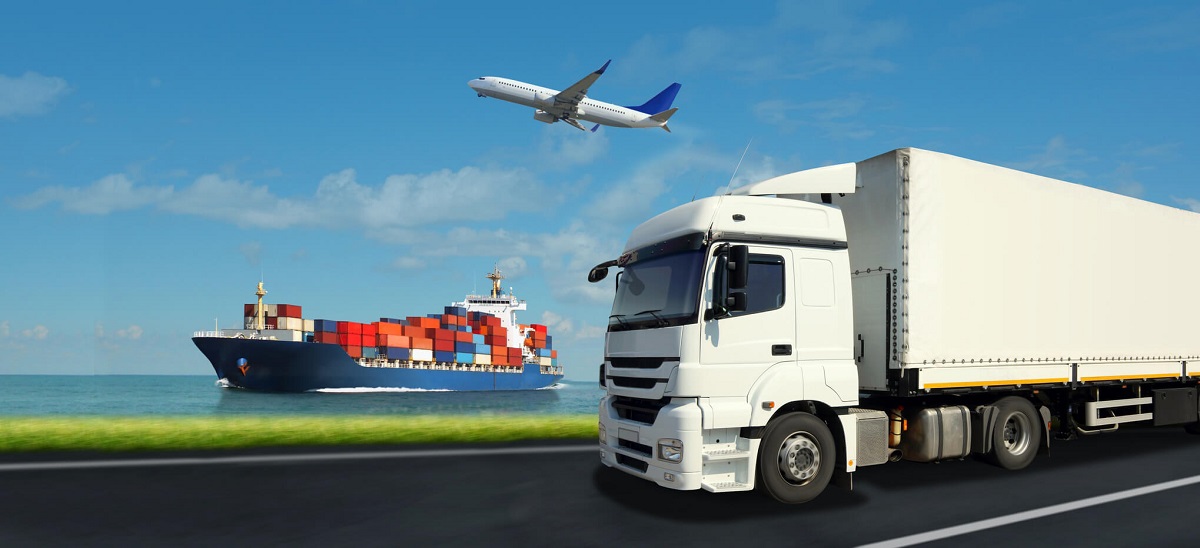India intends to construct new airports with integrated metro rail connectivity to enable for easier passenger transportation as well as rail tracks connecting to the nearest sea ports for faster cargo traffic. Mobility and trade are projected to benefit from such multimodal connectivity centres. The move comes as air traffic has recovered after the recession, with capacity utilisation at all major airlines over 80%. By 2025, the government wants to increase the number of airports from more than 130 to roughly 220, and stronger prospects for the sector have boosted project feasibility.
“As part of the airport capacity expansion, there would be waterdromes in the Northeast and in some islands, and helipads in the hill states. Some of the new airports to be added are projects of scaling up existing air strips into full-fledged airports. In some of them, there may not be the requirement of massive infrastructure like in a metro city, but a small functional airport facility would offer air connectivity and boost economic activity,” the official cited above said, adding that even 220 airports may not be sufficient for a large country like India.
According to the person, new airports built before the pandemic have contributed to the recovery in air traffic in recent months, giving renewed confidence to policymakers to start new projects. Also, the recovery in the sector has helped ease some concerns about the financial viability of airports, although factors like high jet fuel prices pose risks to traffic. Infrastructure creation is a key element of the Narendra Modi government’s economic recovery strategy, given its multiplier effect.
Earlier this month, the Union cabinet cleared a ₹1,305 crore airport project in Gujarat’s Dholera, which is expected to serve as a cargo hub in the industrial region.
An email sent to the civil aviation ministry spokesperson on Saturday remained unanswered till press time.
Experts said airport capacity addition will contribute to the aviation sector’s growth, but in some cases at least, incentives may have to be given to airlines. “Once you have an airport in a smaller town (under Udan scheme), incentivizing airlines to start operations till traffic achieves a critical mass, is also important,” said Rajeshwar Burla, group head, corporate ratings, Icra Ltd. Improved connectivity to smaller cities has contributed to the speedy recovery of domestic air traffic post-covid and is helping the industry as a whole, he said.
When it comes to the question of airlines’ fleet expansion, high capacity utilization is not the only deciding factor.
“Fleet expansion by airlines will depend quite a bit on profitability and not just the extent of capacity utilization. Airlines are currently facing constraints due to the high jet fuel price and an improvement in profit margins would be a factor in deciding on fleet expansion as operations have to be remunerative for making fresh investments. Another challenge for the aviation sector could be the impact of the steep rise in airfares seen in the recent past on traffic volumes,” said Burla.
The government’s asset monetization plan to raise resources for making fresh investments in the infrastructure sector covers state-run airports. The upfront payment received from developers for airport redevelopment in public-private partnerships will be used by the Airports Authority of India for making fresh investments.








